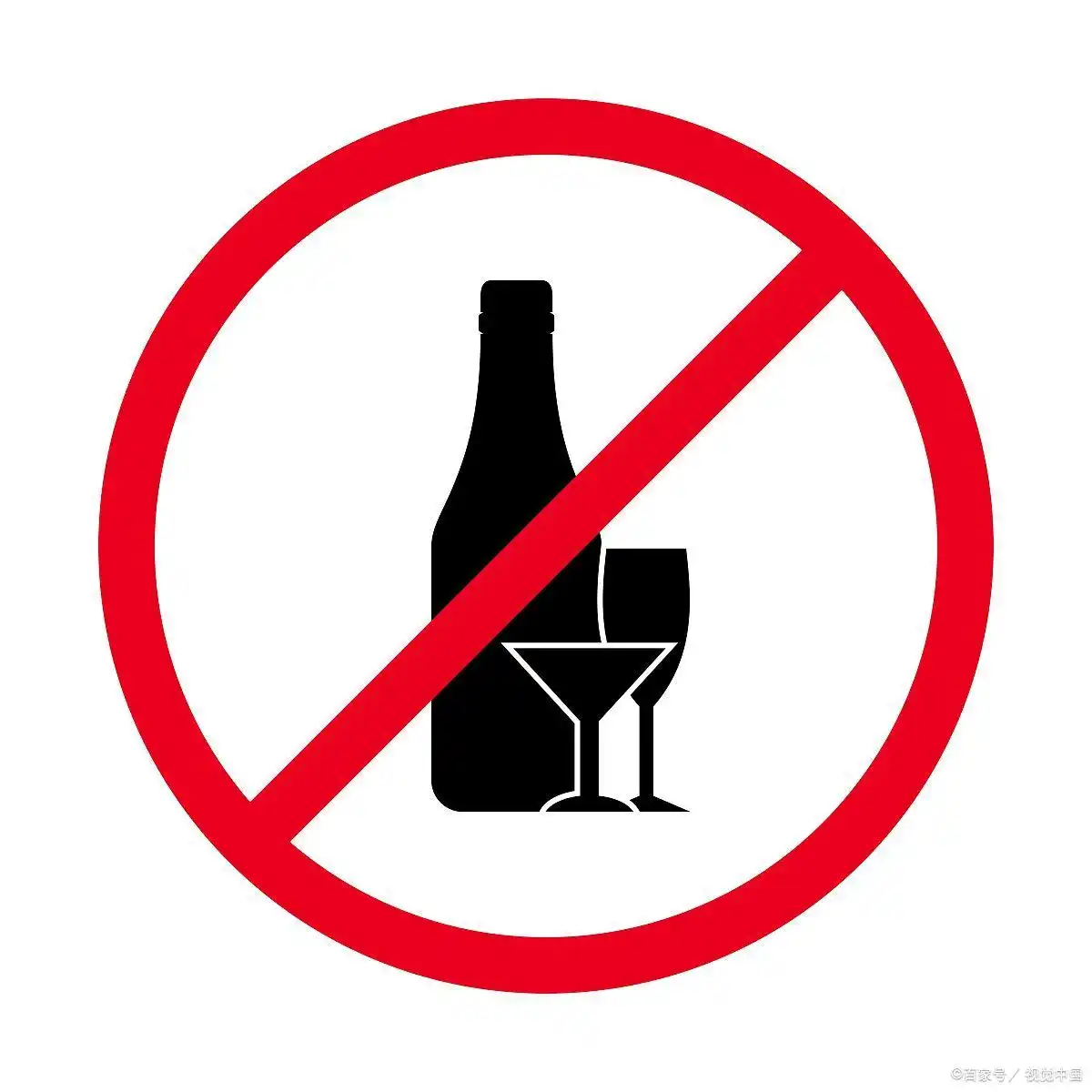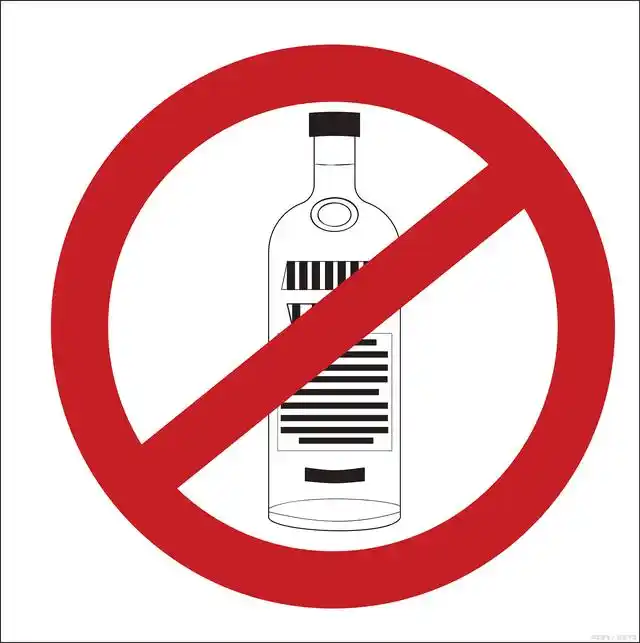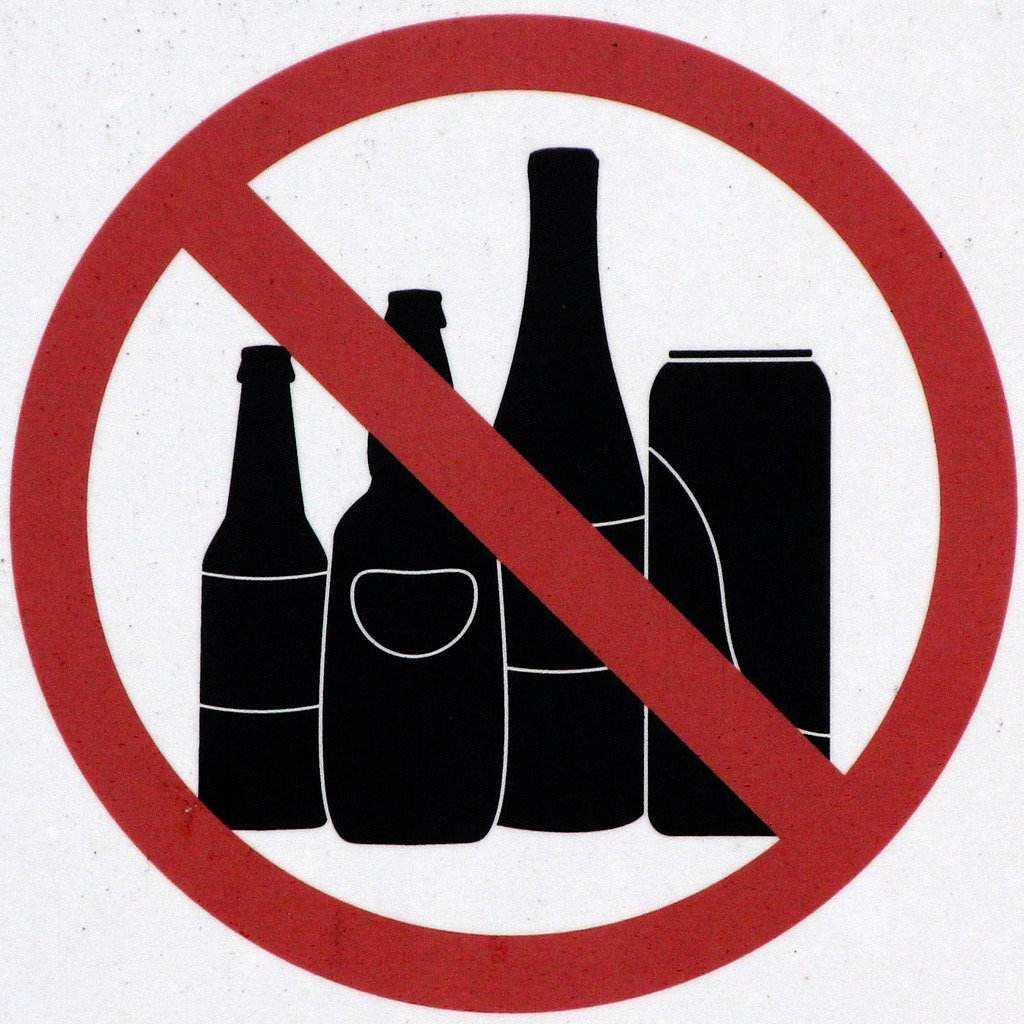The Journey of Continuous Improvement in Alcohol Recovery: A Path to Sustained Abstinence
Alcohol addiction is a complex and multifaceted challenge that affects millions of individuals worldwide. For those committed to achieving and maintaining sobriety, the journey is often marked by setbacks, self-discovery, and gradual progress. Traditional approaches to alcohol recovery often focus on abstinence as a fixed goal, but a more dynamic and sustainable framework is emerging: the Continuous Improvement Alcohol Recovery Program (CIARP). This program emphasizes lifelong growth, adaptability, and resilience, recognizing that recovery is not a destination but an ongoing process of self-improvement.
Understanding Continuous Improvement in Recovery
The concept of continuous improvement, often associated with business and manufacturing processes, is highly applicable to alcohol recovery. At its core, it involves consistently evaluating and refining one’s strategies, mindset, and habits to achieve better outcomes over time. In the context of alcohol abstinence, this means moving beyond the binary notion of "success" or "failure" and instead focusing on incremental progress, learning from relapses, and adapting to life’s challenges.
A continuous improvement approach acknowledges that recovery is not linear. There will be moments of strength and moments of vulnerability. What matters is how individuals respond to these moments—whether they use them as opportunities to learn, grow, and reinforce their commitment to sobriety.
Key Components of the Continuous Improvement Alcohol Recovery Program
-
Personalized Goal Setting
The CIARP begins with individualized goal setting. Rather than imposing a one-size-fits-all approach, the program encourages participants to define what abstinence means to them and to set realistic, measurable objectives. These goals may include reducing triggers, improving physical health, rebuilding relationships, or developing new hobbies. By breaking down the larger goal of abstinence into smaller, manageable steps, individuals can experience a sense of accomplishment and momentum. -
Regular Self-Assessment
A cornerstone of continuous improvement is regular self-assessment. Participants are encouraged to reflect on their progress, identify areas of strength and weakness, and adjust their strategies accordingly. Tools such as journals, recovery apps, or counseling sessions can facilitate this process. By honestly evaluating their emotional, mental, and physical states, individuals can detect early warning signs of relapse and take proactive steps to address them. -
Skill Building and Education
Recovery is not just about avoiding alcohol; it is about building a fulfilling life without it. The CIARP emphasizes the development of practical skills, such as stress management, emotional regulation, and effective communication. Educational components, including understanding the science of addiction, the effects of alcohol on the body, and the psychology of habit formation, empower individuals to make informed decisions and take control of their recovery. -
Community and Support Networks
Isolation is a significant risk factor in relapse. The CIARP prioritizes the creation and maintenance of strong support networks. This may include participation in support groups, mentorship programs, or family therapy. By surrounding themselves with people who understand and encourage their journey, individuals can draw strength from collective wisdom and shared experiences. -
Adaptability and Resilience
Life is unpredictable, and challenges are inevitable. The CIARM teaches participants to view setbacks not as failures but as opportunities to learn and adapt. Whether facing stress, temptation, or unexpected life events, individuals are equipped with coping mechanisms and contingency plans. This resilience-building aspect ensures that recovery remains robust even in the face of adversity.
-
Holistic Health Focus
Abstinence is deeply connected to overall well-being. The program encourages a holistic approach to health, addressing physical, mental, and emotional aspects. This may involve nutrition planning, exercise routines, mindfulness practices, or therapy for co-occurring disorders. By nurturing their whole selves, participants create a strong foundation for sustained sobriety.
The Role of Technology in Continuous Improvement
Modern technology offers valuable tools to support the CIARP. Mobile apps can track progress, provide reminders for self-assessment, and offer access to virtual support groups. Wearable devices can monitor physiological indicators of stress, helping individuals identify triggers before they become overwhelming. Online resources, including educational content and therapy sessions, make recovery support accessible to a broader audience.
Case Study: Implementing CIARP in Practice
Consider the example of John, a 45-year-old recovering alcoholic. After multiple relapses in traditional programs, John joined a CIARP. He began by setting small goals, such as attending three support group meetings per week and reducing his caffeine intake to improve sleep. Through regular self-assessment, he identified that stress at work was a major trigger. With the help of his counselor, John developed stress-management techniques, including meditation and time-management strategies. He also used a recovery app to log his daily mood and cravings, which helped him recognize patterns and adjust his approach. Over time, John not only maintained abstinence but also reported improved relationships, better physical health, and a greater sense of purpose.
Challenges and Considerations
While the CIARP offers a promising framework, it is not without challenges. Some individuals may struggle with the self-discipline required for regular assessment and adaptation. Others may find it difficult to access resources or support networks. To address these issues, the program must be flexible and inclusive, offering various levels of structure and support to meet diverse needs.
Moreover, the CIARP should be integrated with professional healthcare services. Medical supervision, therapy, and medication-assisted treatment can play critical roles in supporting abstinence, particularly in the early stages of recovery.
Conclusion
The Continuous Improvement Alcohol Recovery Program represents a paradigm shift in how we approach alcohol abstinence. By embracing the principles of continuous growth, adaptability, and resilience, individuals can navigate the complexities of recovery with confidence and hope. This program does not promise a quick fix but offers a sustainable path to a healthier, more fulfilling life—one step at a time. As more people adopt this mindset, the journey of recovery can transform from a struggle into a journey of self-discovery and empowerment.



发表评论